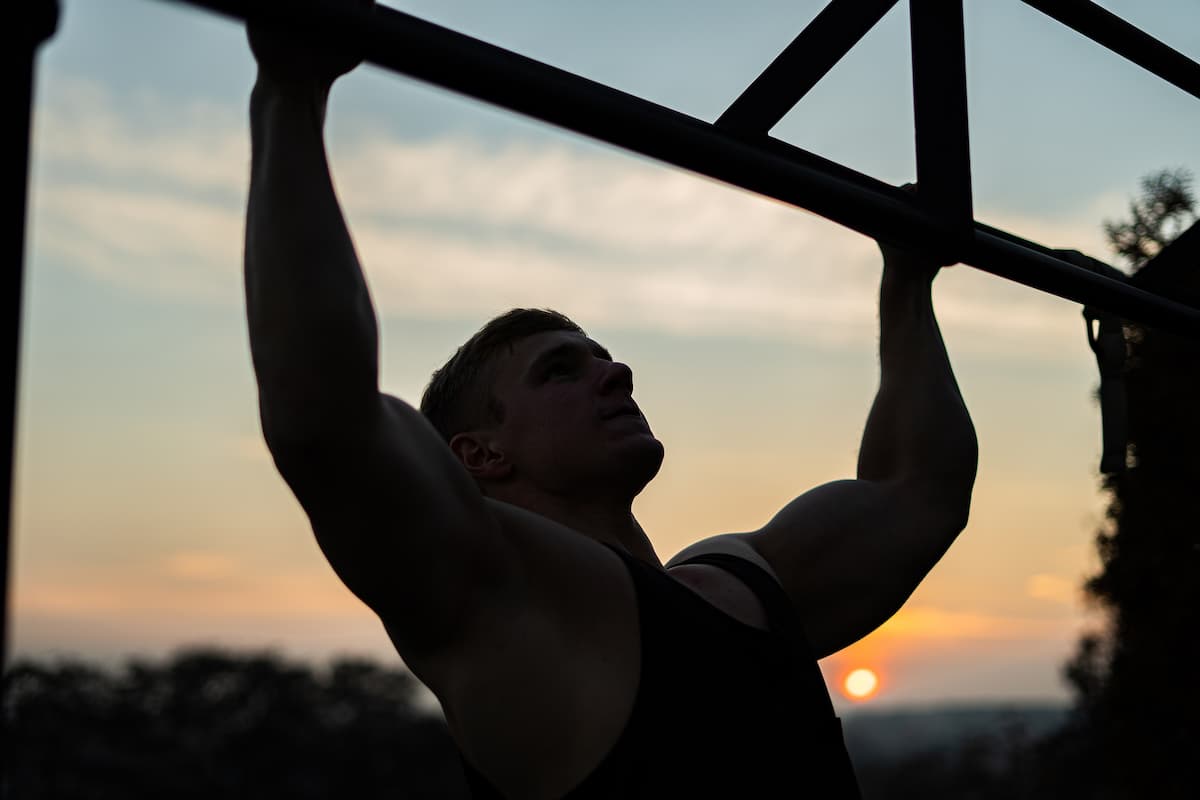A strong back is essential for overall physical fitness and to avoid injury. Many people find it challenging to effectively target their back muscles without using any equipment or weights.
However, with the right knowledge and technique, you can easily perform bodyweight back exercises that will promote strength and flexibility in your upper and lower back.
In this article, we will discuss various exercises designed specifically for strengthening one’s back without the need for additional equipment.
The Benefits of Bodyweight Back Exercises
Bodyweight exercises, also known as calisthenics, offer numerous benefits when compared to conventional weightlifting methods. Some advantages of incorporating bodyweight back exercises into your fitness routine include:
- Minimal or no equipment required: As the name suggests, these exercises utilize your own body weight for resistance, meaning there are often fewer barriers to overcome in terms of accessing and affording gym memberships or home workout equipment.
- Versatility: Bodyweight exercises are customizable to accommodate varying fitness levels and goals, making them suitable for beginners and advanced athletes alike.
- Functional training: Many bodyweight movements mimic everyday activities, leading to improved functional fitness and decreased risk of injury during day-to-day tasks.
- Improved balance and flexibility: Unlike isolated weightlifting exercises, bodyweight exercises require full-body engagement and stabilization, which promotes improved balance, muscle coordination, and flexibility.
Top Bodyweight Back Exercises
Below, we have compiled a list of effective bodyweight exercises targeting different areas of the back muscles.
Incorporate these exercises into your workout regimen and experience the benefits of stronger and more resilient back muscles without stepping foot in a gym or needing any equipment.
More bodybuilding exercise ideas here.
Inverted Rows
Inverted rows, sometimes referred to as the Australian pull-up, primarily target the mid-back and latissimus dorsi muscles. Aside from requiring a horizontal bar, no other equipment is needed for this exercise.
- Position yourself underneath a sturdy horizontal bar, such as a fixed parallel bar at waist height, with your body fully extended and facing upwards.
- Grab the bar with a wide overhand grip, so that your hands are just outside of shoulder-width apart.
- Extend your legs straight out in front of you, with your heels touching the ground and your toes pointing upward.
- Keeping your body in a straight line and engaging your core, pull your chest up towards the bar, squeezing your shoulder blades together. Lower yourself back down slowly until your arms are fully extended, and repeat.
Supermans
Supermans effectively target the lower back muscles while also engaging the glutes, hamstrings, and upper back. This exercise requires no additional equipment and can be performed almost anywhere.
- Lie face down on a mat or a flat surface with your arms extended straight out above your head and your legs straight behind you.
- Engage your back muscles and lift your legs, chest, and arms off the ground simultaneously, creating an arch with your body. Hold this position for a few seconds before lowering yourself back down, and repeat.
Push-Ups with a Plus
While traditional push-ups target the chest and triceps muscles, the “plus” variation engages the serratus anterior muscle located along the side of the rib cage. This muscle plays an important role in stabilizing the shoulder blade and can help improve overall upper back strength.
- Begin by positioning yourself in a standard push-up position, with your hands slightly wider than shoulder-width apart and your toes touching the ground.
- Lower your chest towards the ground, bending at the elbows. Push up through your arms until they are fully extended.
- In this “up” position, engage your serratus anterior by pushing your body away from the ground even more, so that your shoulder blades separate and your upper back rounds slightly. Lower yourself back down into the starting position, and repeat.
Bridge Pose
Often seen in yoga practices, the bridge pose targets both the lower and upper back muscles while also stretching the hips, glutes, and hamstrings. No equipment is needed for this exercise.
- Lie face up on a mat or flat surface with your knees bent and your feet flat on the ground, about hip-width apart. Place your arms alongside your body, palms down.
- Engage your core and glute muscles as you lift your hips off the ground, forming a straight line from your shoulders to your knees. Hold for a few moments before lowering yourself slowly back down, and repeat.
Maintaining Proper Form for Bodyweight Back Exercises
To ensure the effectiveness of these exercises and reduce the risk of injury, always maintain proper form when performing bodyweight back exercises. Some key points to remember include:
- Keep your spine neutral: For most exercises, maintaining a straight and aligned spine will prevent unnecessary strain and allow optimal muscle engagement.
- Engage your core: Activating your abdominal muscles will provide stability and support as you execute various movements, particularly for exercises involving full-body engagement.
- Start with the right progressions: If a certain exercise is too challenging, seek out modifications or scaled-down versions to build strength and master proper form before attempting more advanced variations.
- Listen to your body: Pay attention to how your muscles feel during each movement and adjust accordingly if something doesn’t seem right. It’s better to miss out on a few repetitions than risk injury from improper form.
Incorporating bodyweight back exercises into your fitness routine can help you achieve significant improvements in flexibility and overall back strength without the need for equipment or gym membership.
Remember to always maintain proper form and listen to your body, adjusting when necessary to optimize your workout and protect yourself from potential injury.

